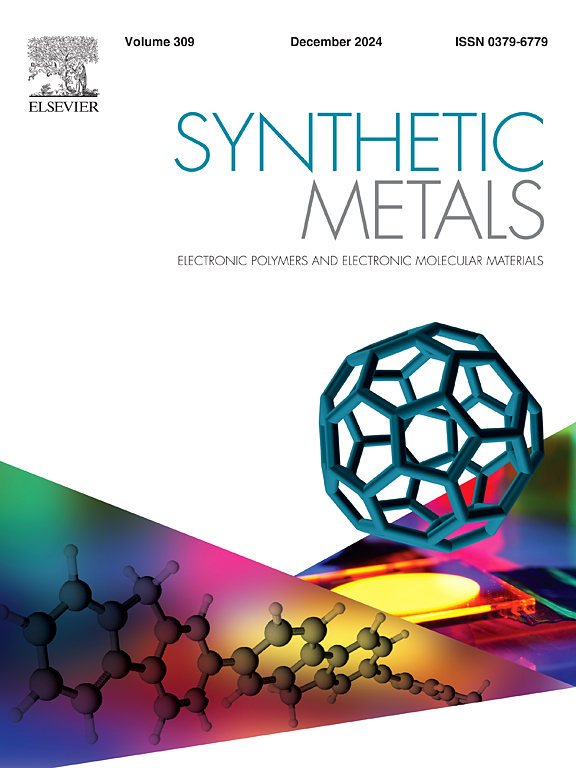Recent advances and importance of triphenyl acrylonitrile system as an aggregation-induced emitter
IF 4.6
3区 材料科学
Q2 MATERIALS SCIENCE, MULTIDISCIPLINARY
引用次数: 0
Abstract
Aggregation-induced emitters (AIEgens) have emerged as versatile materials capable of meeting the demands of diverse applications, including optoelectronic devices, bioimaging, chemical sensing, and addressing environmental and industrial challenges. Among the various molecules exhibiting aggregation-induced emission (AIE), tetraphenylethylene (TPE) has been extensively studied due to its robust AIE activity. Current research focuses on modifying TPE structures to fine-tune their optoelectronic properties for specific applications. Triphenyl acrylonitrile (TPAN), a derivative of TPE where one phenyl group is replaced with a cyano group, has garnered significant attention. The strong electron-withdrawing nature cyano group enhances electronic properties of the materials. Dipolar compounds based on TPAN exhibit notable intramolecular charge transfer, in addition to well-established AIE properties and mechanofluorochromism. This review highlights recent advancements in the design of AIEgens incorporating TPAN, including systems based on carbazole, pyrene, triphenylamine, and other heterocycles. Where available, comparisons are made between AIEgens derived from TPE and TPAN, providing insights into the advantages and unique characteristics of each system.
三苯基丙烯腈体系作为聚集体致发射体的研究进展及重要性
聚集诱导发射器(AIEgens)已经成为能够满足各种应用需求的多功能材料,包括光电器件,生物成像,化学传感以及解决环境和工业挑战。在各种具有聚集诱导发射(AIE)的分子中,四苯基乙烯(TPE)因其强大的AIE活性而受到广泛的研究。目前的研究重点是修改TPE结构,以微调其光电性能,以适应特定的应用。三苯基丙烯腈(TPAN)是TPE的衍生物,其中一个苯基被氰基取代,引起了人们的极大关注。强吸电子性质的氰基提高了材料的电子性能。基于TPAN的偶极化合物除了具有良好的AIE特性和机械荧光性外,还表现出显著的分子内电荷转移。本文综述了最近在含TPAN的aigens设计方面的进展,包括基于咔唑、芘、三苯胺和其他杂环的系统。在可能的情况下,对来自TPE和TPAN的aigens进行比较,提供对每种系统的优势和独特特性的见解。
本文章由计算机程序翻译,如有差异,请以英文原文为准。
求助全文
约1分钟内获得全文
求助全文
来源期刊

Synthetic Metals
工程技术-材料科学:综合
CiteScore
8.30
自引率
4.50%
发文量
189
审稿时长
33 days
期刊介绍:
This journal is an international medium for the rapid publication of original research papers, short communications and subject reviews dealing with research on and applications of electronic polymers and electronic molecular materials including novel carbon architectures. These functional materials have the properties of metals, semiconductors or magnets and are distinguishable from elemental and alloy/binary metals, semiconductors and magnets.
 求助内容:
求助内容: 应助结果提醒方式:
应助结果提醒方式:


